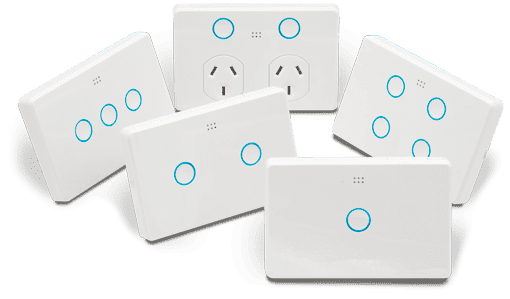Overcoming Common Challenges in Zero Trust Network Access Deployment

The ZTNA for the organisation says “when” and not “if” because apps are gradually deserting the perimeter-mode-based security. Such results give way to more appropriate identity-biased facilities for access. But deploying such is a knotty business, mostly. Very big legacy-to-modern system integration issues and policy complexities among organisations comprise a bouquet of issues, a veritable cornucopia of user resistance and skill gaps.
The article depicts in detail some of the most common hurdles related to a Zero Trust Network Access (ZTNA) deployment and how security leaders may manoeuvre around them to realise a successful, scalable, and sustainable zero-trust strategy.
1. Legacy Infrastructure and Application Compatibility
Challenge:
Many organisations hold legacy systems, monolithic applications, or self-designed software that have never been compliant with the Zero Trust principles.
Effects:
Such systems might act unreceptively with more modern tools such as authentication protocols (SAML/OAuth), API integration, or even device posture assessments, creating operational blind spots or delays in migrating to more modern ones.
How to overcome:
- Roll out ZTNA in phases, kicking off from modern cloud applications and then widening the ZTNA scope to legacy systems in subsequent phases.
- Deploy ZTNA gateways or proxies in front of the existing applications as policy enforcers for access without modifications and modifications within the applications.
- Channel partners or integrators into creative connectors or virtual overlays to fill up compatibility gaps.
2. Complexity in Policy Definition and Management
Challenge:
Granular, contextual access policies are a prerequisite of ZTNA: user roles, device postures, locations, and behaviours. Creating and managing these in a manner applicable to users, applications, and environments can be overwhelming.
Impact:
Overly permissive access due to undefined or incomplete policies may lead to disruptions in productivity, or result in a breach of compliance.
How to overcome it:
- Start with least privilege access provision to the highest risk users and the critical assets, followed by extension of categories that are to be included in the coverage.
- Use template policies with predefined roles to implement an even easier set-up.
- Select ZTNA platforms with centralised policy management functions and visual rule-building tools.
- Continuous auditing and refining of policy using real-time access logs and analytics of users’ behaviour.
3. User Resistance and Poor Experience
Challenge:
Users might face changes to workflows with new access workflows for ZTNA, while multi-modal authentication (MFA) and health checks on devices can become a hindrance if the user factor is not calculated into ZTNA deployment.
Impact:
Shadow IT, productivity loss, and general user pushback create difficulties affecting ZTNA adoption.
How to overcome it:
- Adopt ZTNA solutions that are very good on the UX side: SSO, passwordless authentication, and low latencies.
- This should also be coupled with the communication and education of employees on ZTNA benefits.
- Where possible, for the sake of ease of deployment, work in the rollout of ZTNA into very low-friction environments first, say remote-access portals, allowing time for users to grow accustomed to their use and build confidence.
4. Visibility and Monitoring Gaps
Challenge:
The methodology that ZTNA uses traffic acceptance logging could even further erode visibility into lateral attacks, exfiltration attempts, or even insider threats.
Impact:
Security teams would be able to see and act upon any suspicious activities after ZTNA deployment.
How to overcome it:
- Integrate ZTNA solutions with centralised SIEM, SOAR, and EDR monitoring and response.
- Access event logging must be granular and include user identity, device ID, location, and risk scores.
- Evaluate behavioural analytics and user and entity behaviour analytics to enhance the detection of anomalies that can then trigger alerts autonomously.
Conclusion
But basically, what it has designed is intended to bring about a strategic change to its security within the enterprise.
The organisation will have to prepare itself for legacies, user friction, an increase in policies, and the skill gap.
No matter whether big or small, you must:
- Begin little but grow smart
- Choose ZTNA solutions that are interoperable and user-friendly
- Invest in visibility, automation, and staff enablement
- Align the technical implementation with business priorities
ZTNA is much more a cultural change than an upgrade of security; it is the way we function. If an organisation could see everything with the right perspective, it might bring such deployment challenges to the benefit of a competitive advantage.
There might be many other ways of ambiguous interpretation-that might serve the same flavor, such emphasis created or attempted.
Recent Posts
Recent Comments

Top Web Development Companies in Florida (2025 Edition): Build with the Best in the Sunshine State

The Role of Secure Web Gateways in Zero Trust Security Models

How to Choose the Right Mobile Device Management Solution for Your Business

Cloud-Based Business Continuity Solutions: Are They Right for You?

Why Electricians Recommend Upgrading Old Switches and Lights Today

Variance in Finance: How CFOs Can Leverage Analytics Tools for Informed Decision‑Making

Mastering Event Planning: Finding the Perfect Function Space
